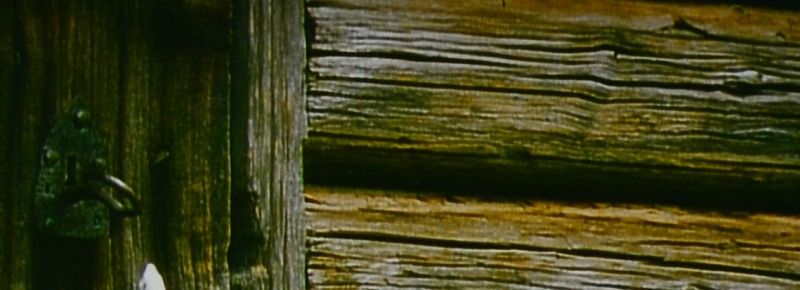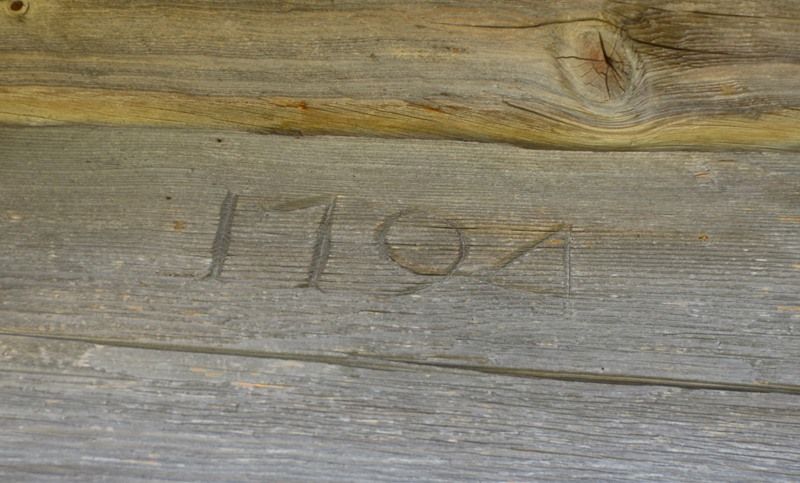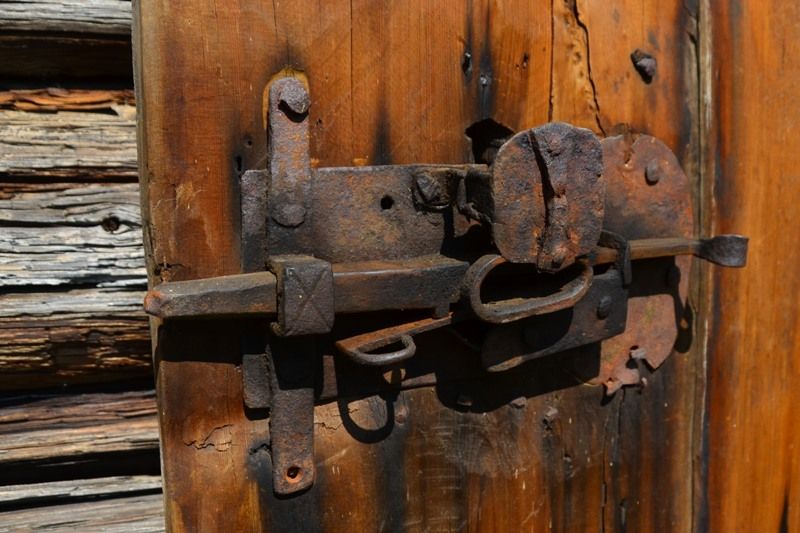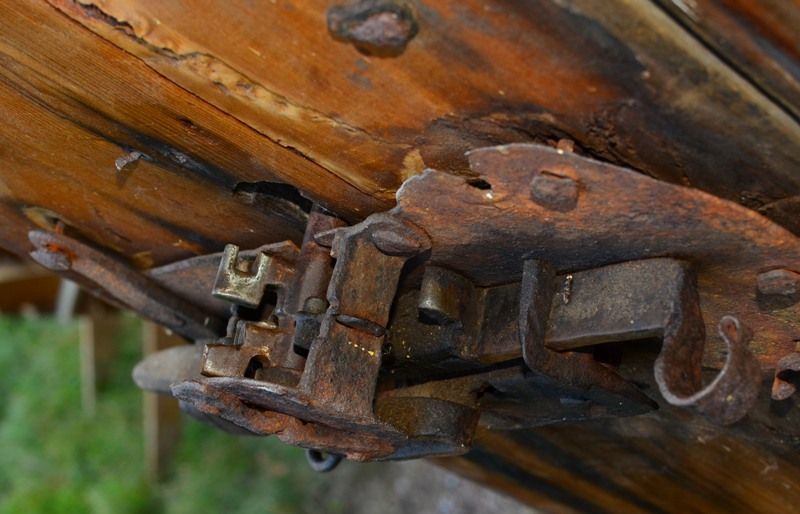Thank for the pic! It looks really enticing!
I'm not sure if it's as old as 1793, but I think is easily possible. As far as I can judge from that photo it is really something old. The last place I've seen something like that was on some medieval chest in Switzerland. Like from 1600's or so. I think that makes sense, since lock did not really evolve that fast in those times but shortly after in the later 1800's the lock evolution did begun to speed up.
I can understand that you didn't really care about it. After all a lock is primarily for locking

as long as it does that, why bother?:)
I can't wait next year for the pics. (Deep-deep inside my secret wish is that you take it apart and make detailed photos. But then the stronger part of me overcomes and screams that such a historic piece of lock must not be hurt.It would be nothing less than heresy. It should be cared for and nurtured.

So I don't even really dare to ask you to consider it. But still, see, I did.

Though do consider it carefully. I would really hate to be the cause of the death of such a piece. After all it lived for 219 years. Who am I to risk it for my curiosity. Well I actually have nothing to do with it. It's your lock, all up to you.)
But anyway I hope summer comes early in Finland next year:D.
Though I definitely wouldn't risk hurting such an old lock with a pick, but I had some success with older hard to turn locks. I found that if you make the a few tools yourself based on a steel rectangle-shaped rod you can exert surprising amounts of force.The key is (:D) the handle.
EuropeanAmerican : sorry again for hacking your thread! If you have any further questions please ask them and I will do my best to answer them or look up the answer somewhere.









